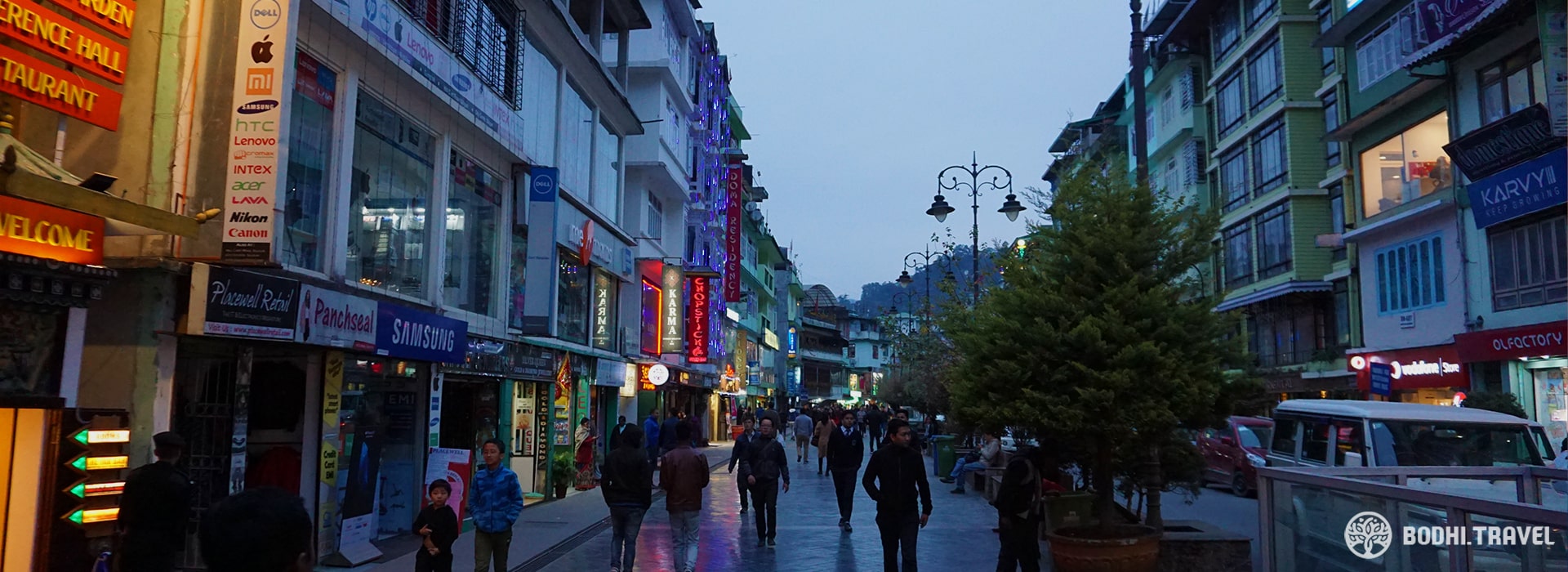
Breathtaking Himalayas - Sikkim (2/2)
PK - Posted on August 2, 2019 - 2,264 Views
One key feature of travelling is to meet people and soak in the cultures of the destinations. In the many cities that I have been to, I often try to get a feel of the essence of the destinations through making friends and participating in local events. In Shanghai, Hong Kong and London, there is a deep sense of busyness. In Hanoi, Phnom Penh and Siliguri, one can feel the crowds and the constant construction as these cities rush to modernise. In Sikkim, I feel that the people there are also trying to manage retaining their cultures amidst changes to their lives from greater social and economic trends.
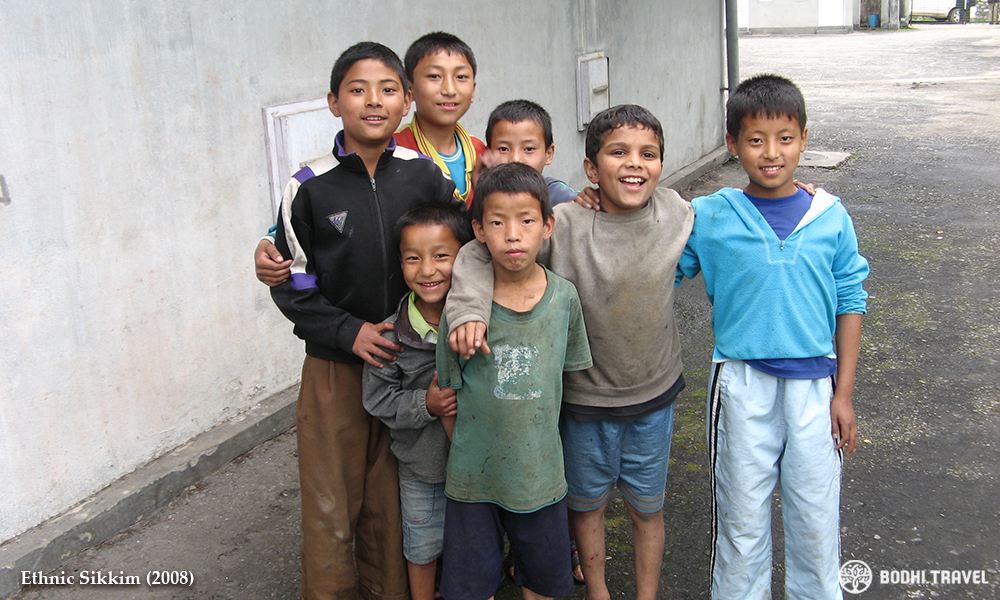
People
One of the first things I noticed about Sikkim was the diversity of the people in the state. The people of Sikkim are Indians by nationality but ethnically diverse. The indigenous people of Sikkim are the Lepchas and Bhutias with the rest made up of migrants from other parts of the region. Regardless of their ethnicity, one can experience the warm and easy-going personalities when in the state.
Communication with the locals is easy as most people can speak English. It was common for the locals to converse in their local dialects and other Indian languages. Often, English words would slip into the conversations and that's when outsiders like myself can get an idea of their conversations.
One thing I noticed in my frequent trips to the state is the sense of closeness in that everyone seems to know one another. When my hosts brought me to different parts of the state, often they would be greeting one another with chitchats and updates. Even though they will be speaking in local languages, I can see the friendliness and camaraderie as everyone makes effort to slow down, chat for a while and keep one another updated on current matters.
Gangtok and MG Marg
Gangtok is the capital of Sikkim and it was where I usually met with our clients and partners. MG Marg is the main street in Gangtok and here I can see the locals shopping together with tourists enjoying the Himalayan climate. Over the years, MG Marg continued to change with new brands and service offerings. There is a special feeling to walking in a crowded area high up in the Himalayas.

Buddhist Culture
I remember a talk given by a good Sikkimese friend at Buddhism Tourism conference in 2018. During his talk, he declared Sikkim to be a place where Buddhism is a living culture. And he is correct, from the fluttering Tibetan prayer flags, to the many monasteries, to the oft-seen Buddhist monks walking along the streets, Buddhism is a very visible religion in Sikkim.
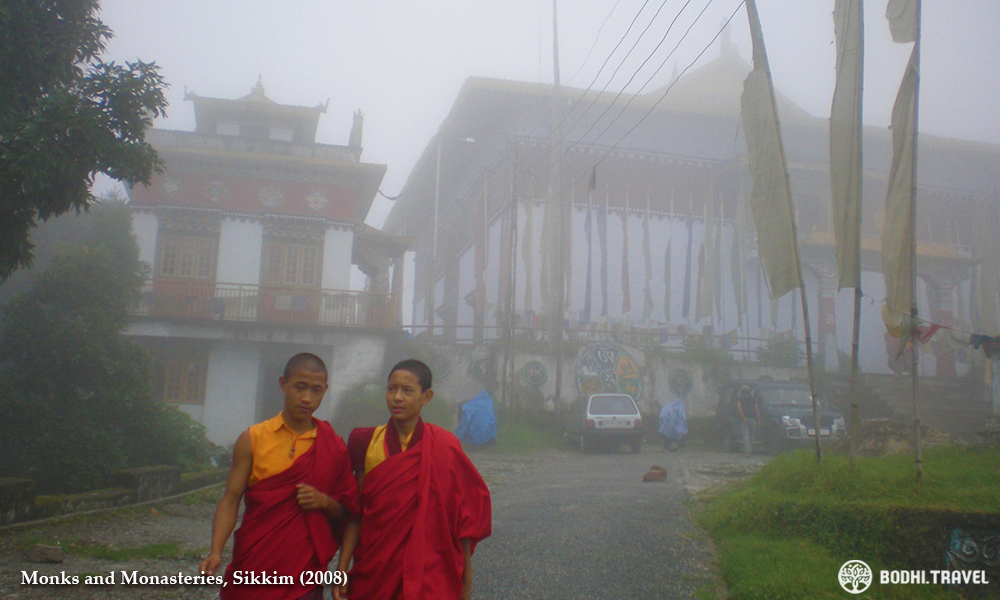
Due to historical and geographical reasons, Vajrayana Buddhism is the most prominent religion in Sikkim (other major religions being Hinduism and Christianity). There are many historical monasteries throughout the state with a few grand ones. As a Buddhist, I was impressed from the first trip to see the presence of a Buddhist culture in Sikkim. There are Buddhist monuments, monasteries, flags and other symbols (including the eight auspicious symbols) wherever I go.
It was during the first trip that I also found out that the state government had the ambitious plan to develop Sikkim as a Buddhist pilgrimage destination. In addition to the traditional monasteries, they had already built the Guru Padmasambhawa statue and was planning one for Buddha Park.
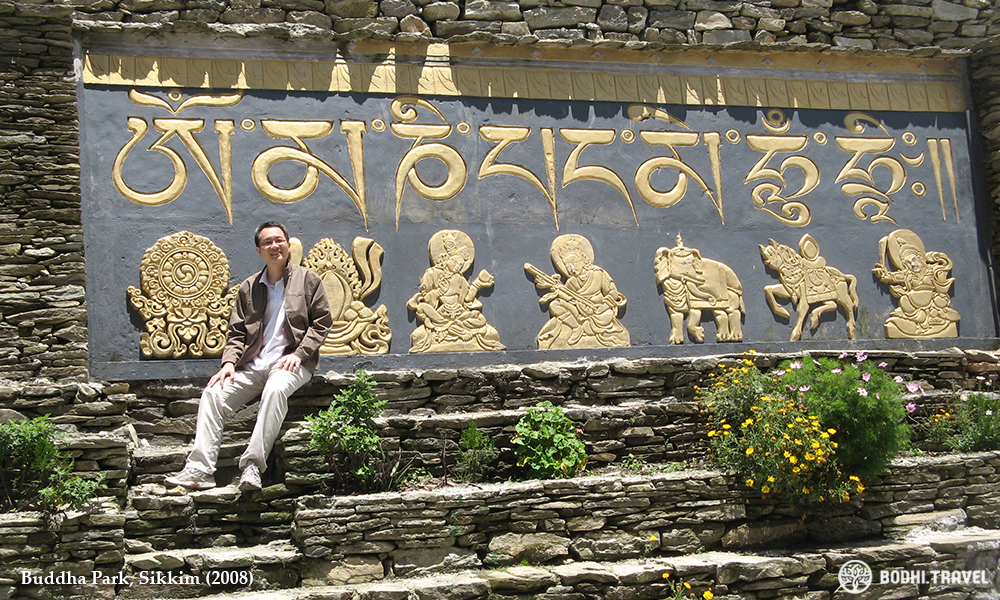
Since my first visit in 2008, the state built another two huge Buddhist statues and the three statues in Sikkim now are namely
- 2004, Guru Padmasambhawa (135 feet) at Namchi, South Sikkim
- 2013, Shakyamuni Buddha (130 feet) at Ravangla, South Sikkim
- 2018, Chenrezig Bodhisattva (137 feet) at Sanga Choeling, West Sikkim
I had been to the Samdruptse Hill where I viewed the majestic Guru Padmasambhawa statue. However, I must say that the Buddha Park housing the Shakyamuni Buddha is my personal favourite. I think the builders learnt from the construction of Samdruptse Hill and set the Buddha statue in the midst of a large park. Strolling in the park under the bright sun but cool wind during autumn was an enjoyable experience. There was also a very decent coffee place at Buddha Park. I look forward to the chance to visit Sanga Choeling one day to view the Chenrezig Boddhisattva statue and pay my respects.
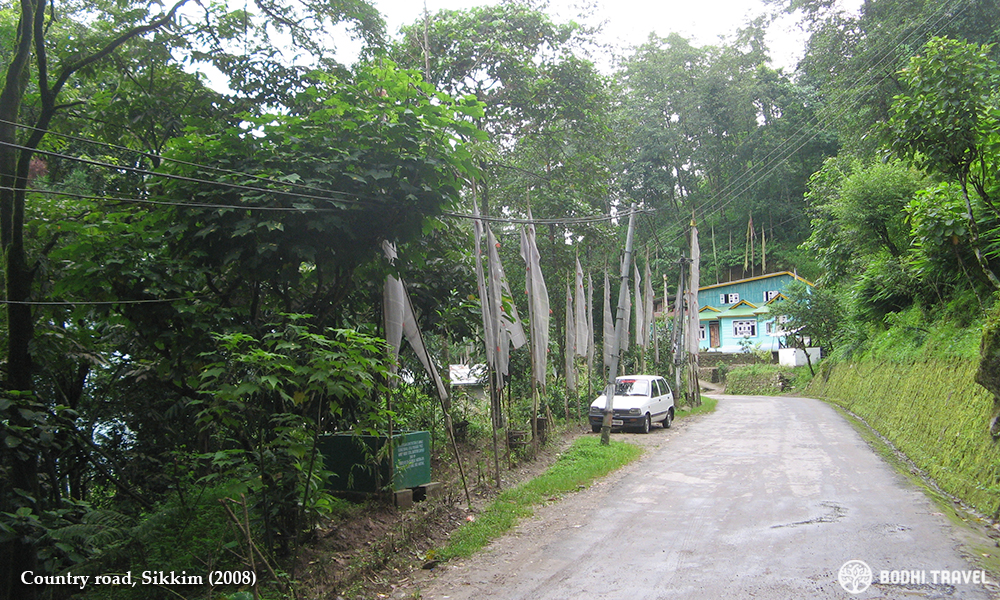
Rural Sikkim
After finishing up our meetings in Gangtok, the team embarked on road trips to the other areas of Sikkim to conduct site inspections. We rode for hours between destinations and as a city dweller, I was always fascinated to see the countryside and rural living.
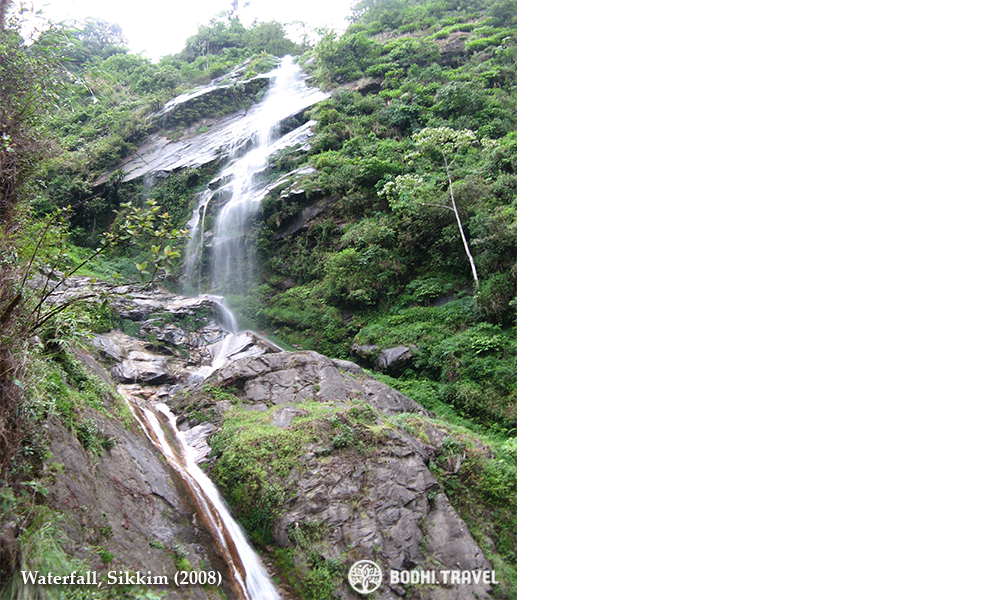
Due to the mountainous terrain of Sikkim, one wonderful feature during road trips was the many waterfalls that we will pass by. Some are minor streams while others would be a majestic spectacle with roaring sounds of water as they make their way down the hills. During rainy seasons, even the minor streams will turn into roaring rivers splashing downwards.
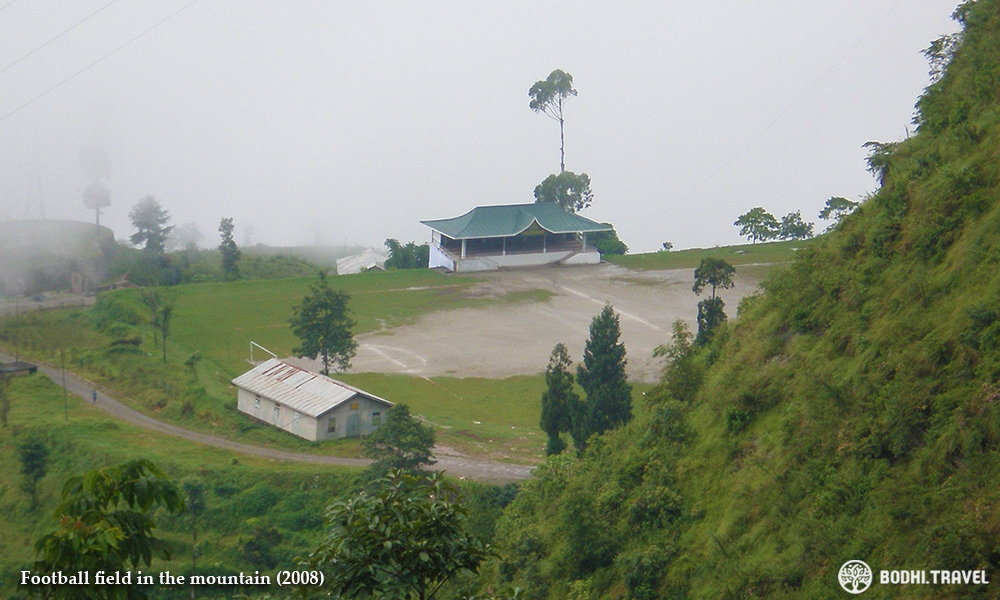
Sometimes a totally unexpected feature will appear such as the football field above. Despite the limited open space available in Sikkim, the state still provides infrastructure for leisure and entertainment. There were also schools, hospitals etc.
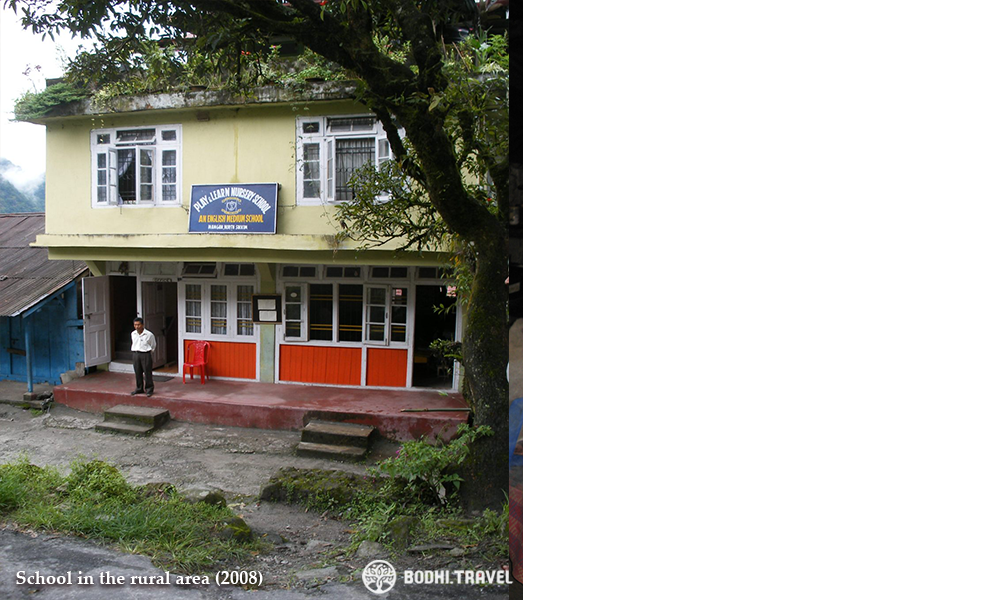
Mangan, Yumthang and North Sikkim
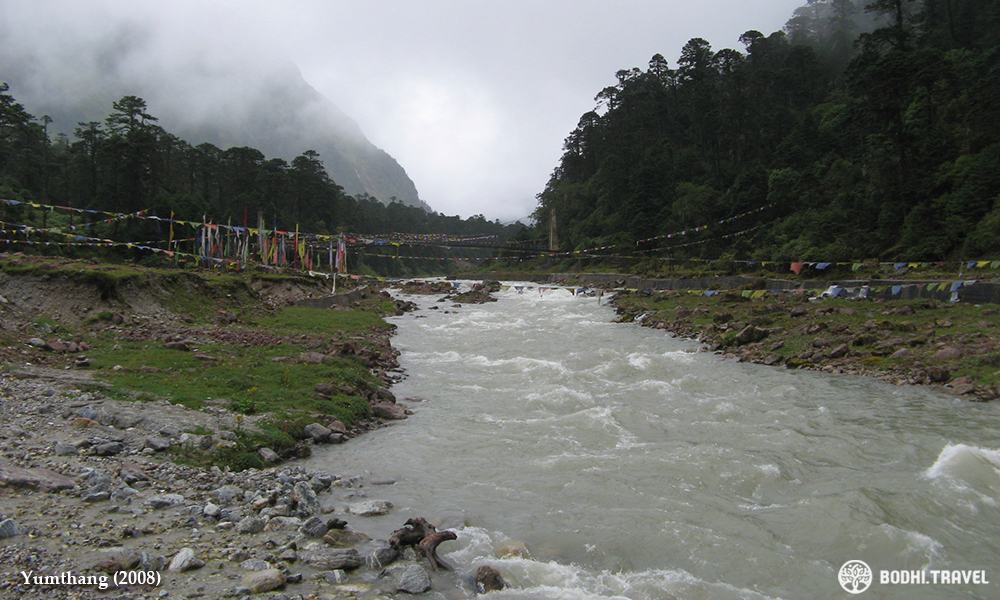
Mangan is located north of Gangtok and is the administrative centre of North Sikkim. It is a stop where tourists will pass by on their way to the flower valleys of Yumthang during spring. There at an altitude of more than 3500 meters, tourists can view the flowers amidst the river, hot springs and yaks grazing pastures.
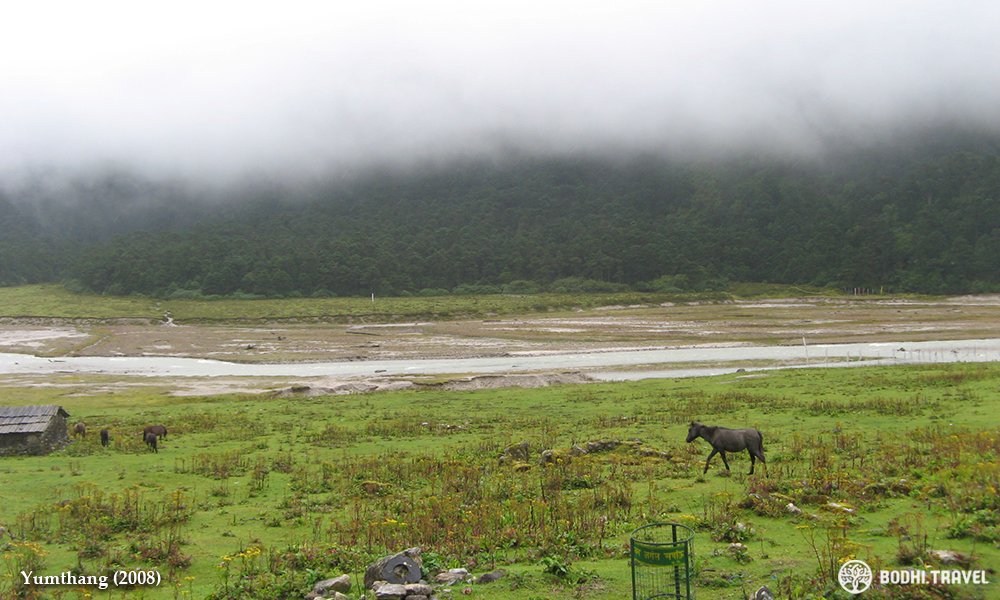
Unfortunately my trip to Yumthang was for work and not for leisure (although it was still fun visiting the place). There were not much flowers and the weather was cold. During a stop, my driver invited me for lunch and we went into a makeshift looking roadside eatery where the cook made a sumptuous meal of instant noodles for me. With the cold weather, the bowl of instant noodles with the hot piping soup was truly delicious.
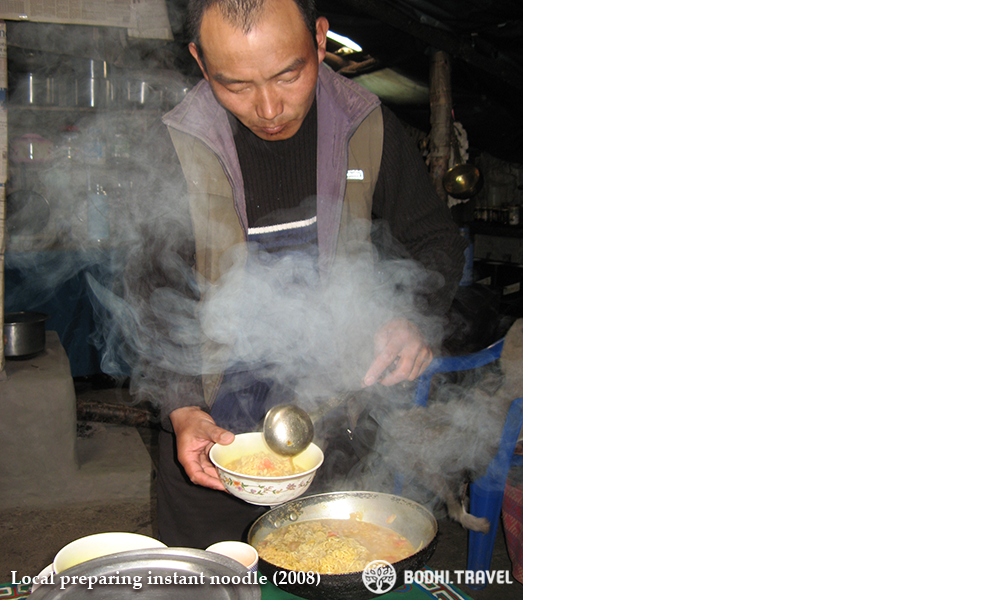
Pelling and West Sikkim
I think the deepest impressions in life are probably formed when least expected. One of my deepest travel memories was formed during my first trip to Pelling.
Pelling, an important and popular tourist destination, is located to the west of Gangtok. Over the years, Pelling had organically developed into a popular tourist destination due to its beautiful landscape and natural setting. We stayed in Pelling in a popular hill resort. We reached late in the evening and was ushered into a restaurant for dinner before retiring to our rooms for the night to rest.
The next morning, I woke up and opened my window to this view.

I think I must have spent about 15 minutes gazing at the mountain range before washing up and joining the rest for breakfast. Throughout my visit in Sikkim, I was able to view Kanchenjunga Mountain in its glorious majesty but the view from the hotel room in Pelling felt really different to me.
Despite my frequent trips back to Sikkim, I did not go back to that hotel. To this day, I periodically thought of going back to Pelling, to stay in this particular hotel room just to recapture that awesome feeling.
Just to go back there with a good book and a cup of black coffee.
VISIT SIKKIM WITH US! 7 DAYS BREATHTAKING HIMALAYAS TOUR IN SIKKIM [CLICK HERE]
MORE ARTICLES: Breathtaking Himalayas - Sikkim Part 1
MORE ARTICLES: The Eight Auspicious Symbols




